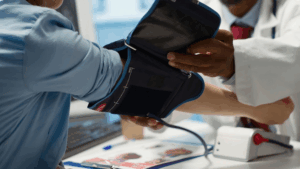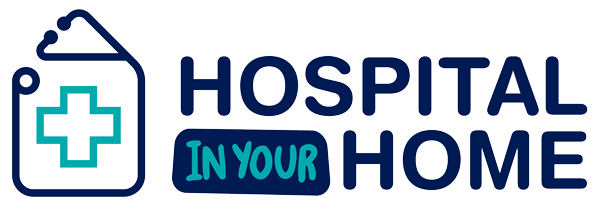
RPM in Post-Operative Care: Enhancing Recovery and Reducing Readmissions
Recovering from surgery can be a challenging period, often fraught with anxieties about complications and the risk of readmission to the hospital. Remote Patient Monitoring (RPM) is emerging as a powerful ally in post-operative care, providing a crucial bridge between hospital discharge and full recovery at home. By enabling continuous oversight, RPM significantly enhances patient well-being and plays a vital role in reducing costly readmissions.
How RPM enhances post-operative recovery:
- Continuous Monitoring for Early Detection: RPM devices can track vital signs (heart rate, temperature, blood pressure), activity levels, and even wound status, transmitting this data in real-time to care teams. This continuous monitoring allows for the early detection of potential complications such as infection, delayed healing, or adverse reactions, enabling swift intervention.
- Personalized Support and Timely Adjustments: Instead of relying solely on periodic in-person follow-ups, RPM provides ongoing data that allows clinicians to assess a patient’s progress daily. This enables timely adjustments to medication, rehabilitation exercises, or care plans, optimizing the recovery trajectory.
- Reduced Readmissions: One of the most significant benefits of RPM in post-operative care is its ability to reduce hospital readmissions. By identifying warning signs early, healthcare providers can intervene before a condition worsens to the point of requiring re-hospitalization. This is particularly valuable for conditions like heart failure or stroke recovery, where early detection of fluid retention or cardiac decompensation can be critical.
- Enhanced Patient Confidence and Engagement: Knowing that their health is being continuously monitored provides patients with a sense of security and confidence during their recovery. Telehealth follow-ups, combined with data monitoring, help patients feel supported and engaged in their care plans, leading to better adherence to instructions and improved outcomes.
- Cost Savings for Healthcare Systems: By preventing readmissions, RPM contributes to significant cost savings for hospitals, helping them avoid penalties associated with high readmission rates and aligning with value-based care initiatives.
RPM in post-operative care is not just about technology; it’s about providing a safety net that empowers patients to recover comfortably and safely in their own homes, while ensuring their care teams have the real-time insights needed to guide them effectively.
Sources:
- Prevounce Blog: “The 4 Major Categories of Remote Patient Monitoring (RPM)” https://www.prevounce.com/blog/the-4-major-categories-of-remote-patient-monitoring-rpm (Accessed July 19, 2025)
- TriageLogic: “Evaluating the Effectiveness of RPM in Reducing Readmissions” https://triagelogic.com/evaluating-the-effectiveness-of-rpm-in-reducing-readmissions/ (Accessed July 19, 2025)
